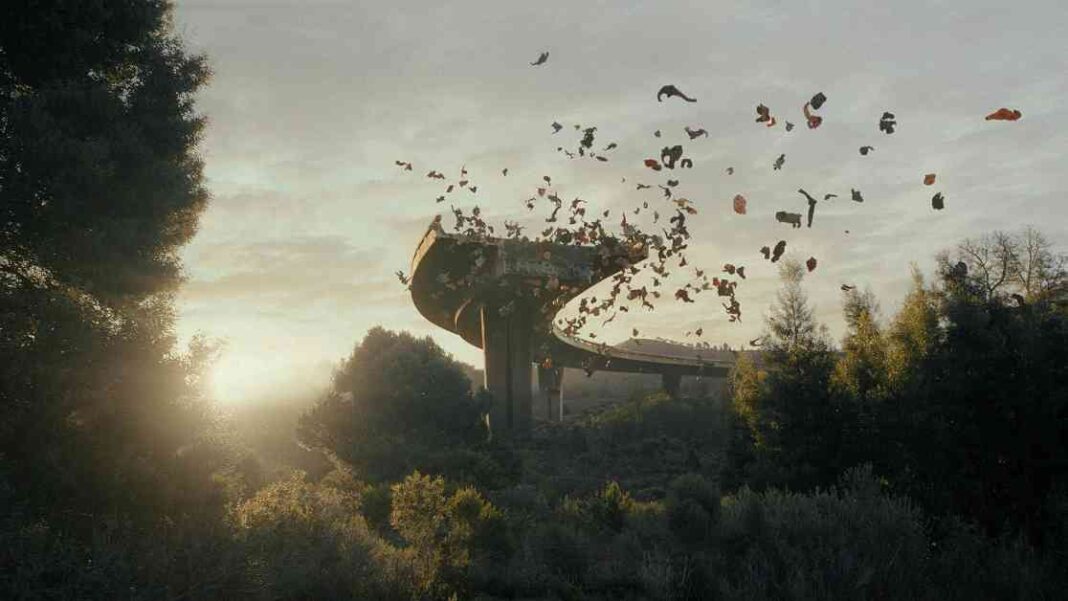People nowadays want their clothes to last longer, but the reality is that throwaway clothing made of synthetic fabrics like polyester can last for hundreds of years in landfills. This poses a huge problem considering the massive amounts of synthetic garments already piling up in landfills globally.
Woolmark, in response to this issue, has launched their latest ad campaign titled “Wear Wool, Not Waste”. The campaign aims to raise awareness about the environmental impact of synthetic fabrics and promote pure wool products as a more sustainable alternative. The creative partner behind the campaign, Will Thacker from 20(Something), wanted to depict the long lifespan of synthetic garments as a zombie horror haunting our planet.
Directed by Studio Birthplace, the ad features stunning visual effects that showcase the overwhelming presence of synthetic garments in our environment. The VFX team skillfully animated the surge of synthetic garments using motion capture technology to create a sense of realism. The team transformed roughly 50 individual pieces of clothing into over 10,000 outfit combinations, emphasizing the sheer volume of synthetic clothing in our world.
One of the most challenging aspects of creating the ad was transitioning the animated crowd from motion capture to ragdoll animation, where the garments would fall realistically to the ground. The team spent months refining this process to ensure a robust and realistic outcome. Despite the challenges, the final result was a success, much to the team’s delight.
Beyond promoting wool products, the ad also serves as a public service announcement to educate consumers about the environmental impact of synthetic materials. Woolmark hopes to encourage retailers and brands to provide clearer labeling and information on fabric composition to help consumers make more informed choices.
Overall, Woolmark’s “Wear Wool, Not Waste” campaign is a powerful reminder of the importance of sustainable fashion choices and the detrimental effects of synthetic fabrics on our planet. It’s a call to action for both consumers and the fashion industry to prioritize eco-friendly materials and practices in order to protect our environment for future generations.
